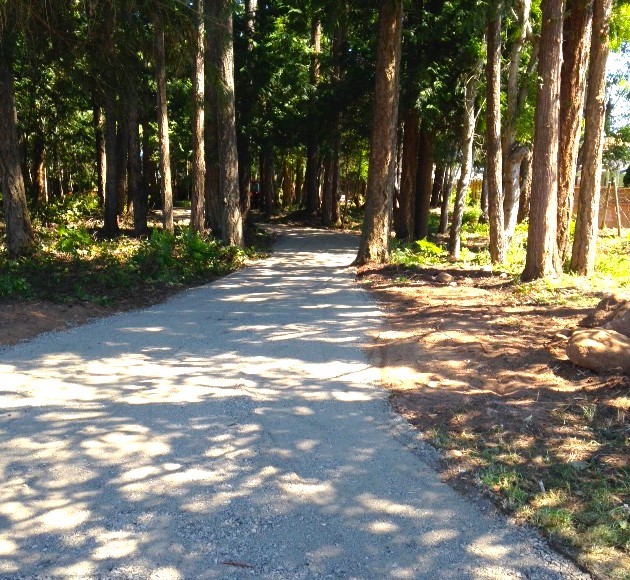
City Parks
Parks and trails are key to creating a high-quality urban environment for people and nature. Residents and visitors benefit from healthy and active living afforded by our many parks and trails network. City parks are important elements in the quality of life of Parksville, providing green spaces, playgrounds, outdoor recreation facilities, natural spaces, and trees.
The City of Parksville takes great pride in offering a variety of parks and facilities for the enjoyment of residents and visitors. We strive to make sure our parks are welcoming public spaces which encourage activities and community events. The City maintains four major parks and 28 smaller neighbourhood parks for the public’s enjoyment.
Principal Parks
Principal parks are the largest and most developed parks, typically serving the greatest number of people. They provide a variety of amenities for both active and passive recreation that draw people from inside and outside the community. These destination parks are opportunities for all ages to enjoy and visit the parks for daily activities, sporting events and special events.
There are four principal parks – the Parksville Community Park, Springwood Park, Parksville Wetlands, and Top Bridge Park.
Neighbourhood Parks
Neighbourhood parks which are medium-sized parks centrally located within a neighbourhood are intended to be within walking distance for residents. They provide a combination of features and facilities to foster active and passive recreation opportunities and are highly used by residents in the area, typically within 400 to 800 metres walking and biking distance. Neighbourhood parks add character and can be the social and recreational focus for neighbourhoods. Examples of are Foster, Nicolls, Shelly Creek, Renz, Eagle, and Marks Nature Park.
Pocket Parks
Pocket parks are easily reachable small green spaces usually found within high density or single unit residential areas. They provide park access and green space to nearby residents and generally serve a limited population as an inviting environment for surrounding community members. These parks typically serve residents living within 400 metres and are commonly referred to as mini parks, tot-lots, or vest-pocket parks. Some examples are Woodland Drive Park, Brice Park, Allwood-Young Park, and Ermineskin Square.
Linear Parks
 Linear parks serve the primary function of providing non-vehicle access between two locations. They can include wildlife corridors, pathways and trails and can serve various forms of transportation, excluding motorized vehicles. Linear parks create recreational and practical links through neighbourhoods allowing users to access commercial, residential and natural areas by travelling through green space. Typically, linear parks serve residents with a 400 to 800 metre walking and biking distance. Some examples are Maple Glen and Rushton walkways.
Linear parks serve the primary function of providing non-vehicle access between two locations. They can include wildlife corridors, pathways and trails and can serve various forms of transportation, excluding motorized vehicles. Linear parks create recreational and practical links through neighbourhoods allowing users to access commercial, residential and natural areas by travelling through green space. Typically, linear parks serve residents with a 400 to 800 metre walking and biking distance. Some examples are Maple Glen and Rushton walkways.
City trails
Generally unpaved trails focus on recreation value and are built for walking, hiking, cycling, nature study, or exercise. Trails are usually short and help people travel from one location in the City to another. Examples of trails are Humphrey Park trail, Church Renz Walkway and Renz Park Trail.
Neighbourhood Parks

All Rights Reserved | Site by Bravenet Marketing Inc.
Legal Disclaimer/Privacy Statement
